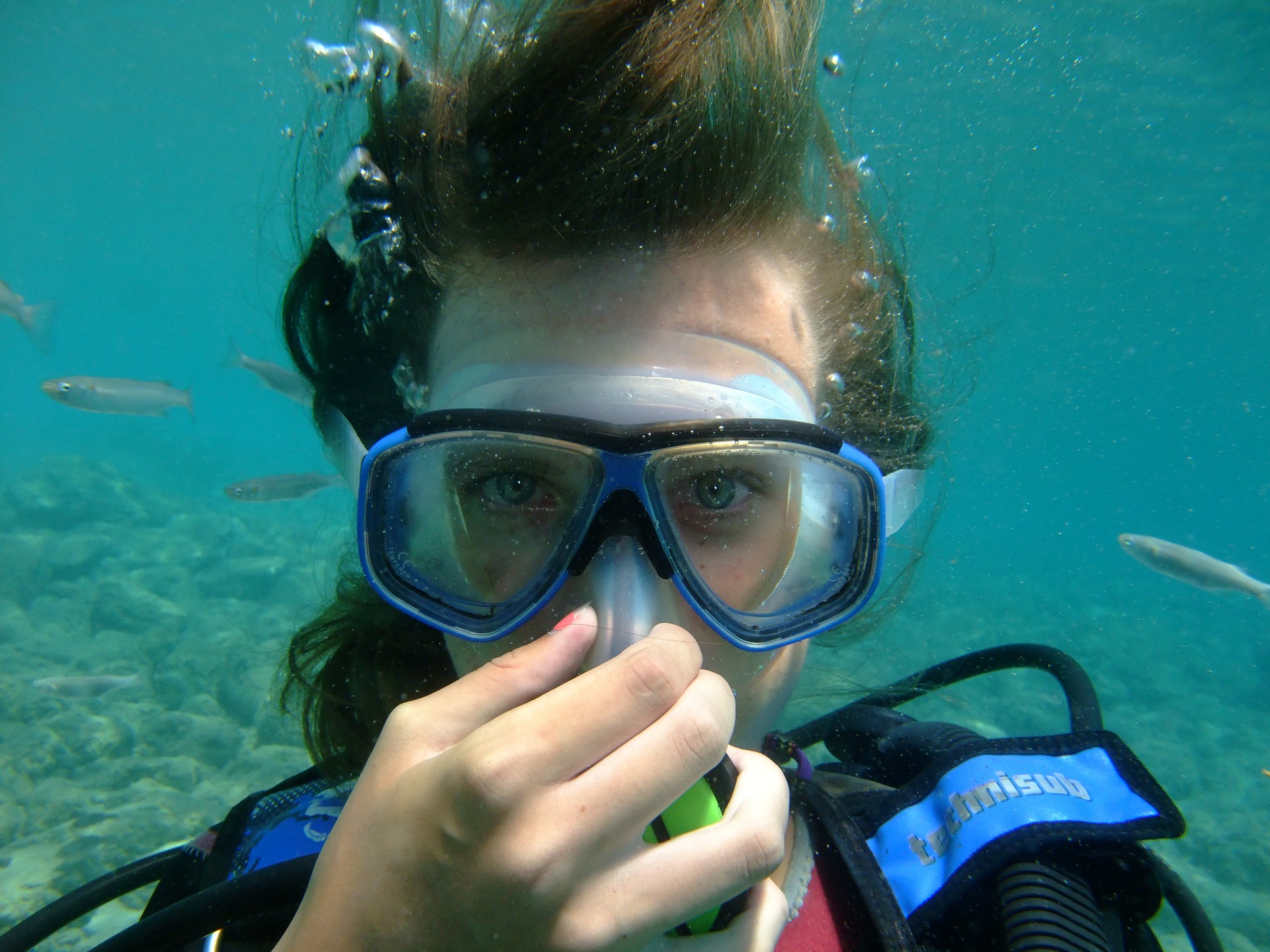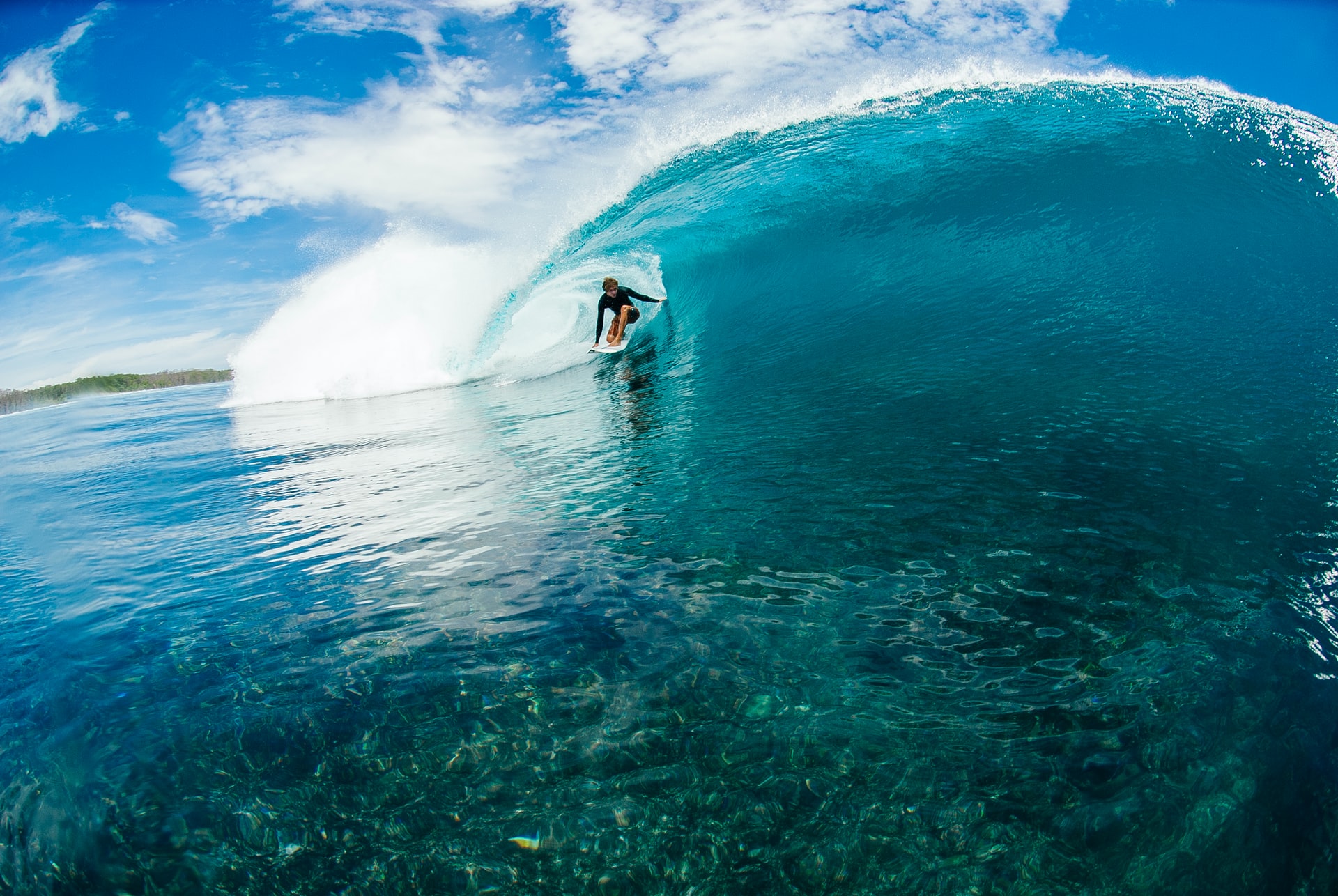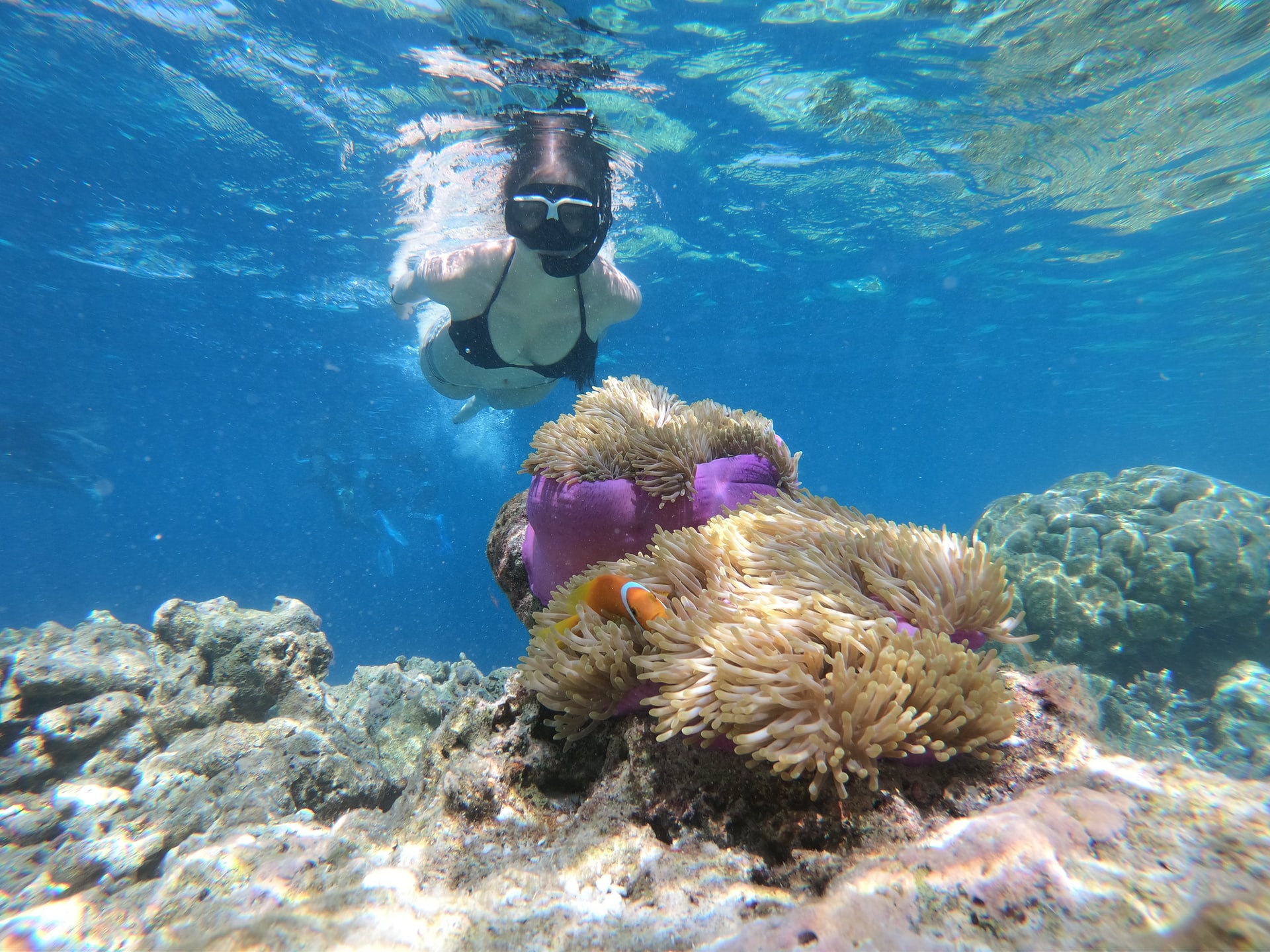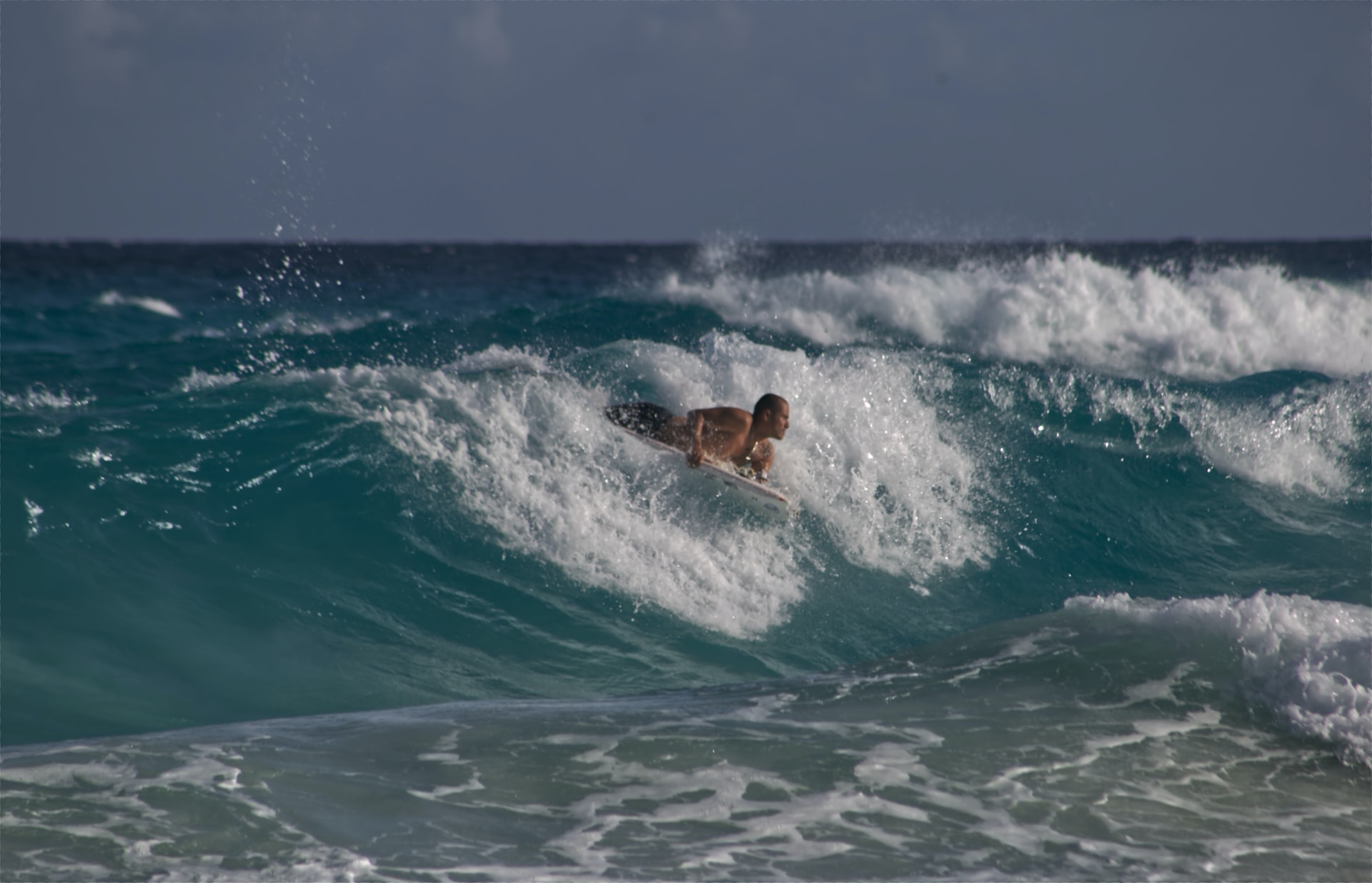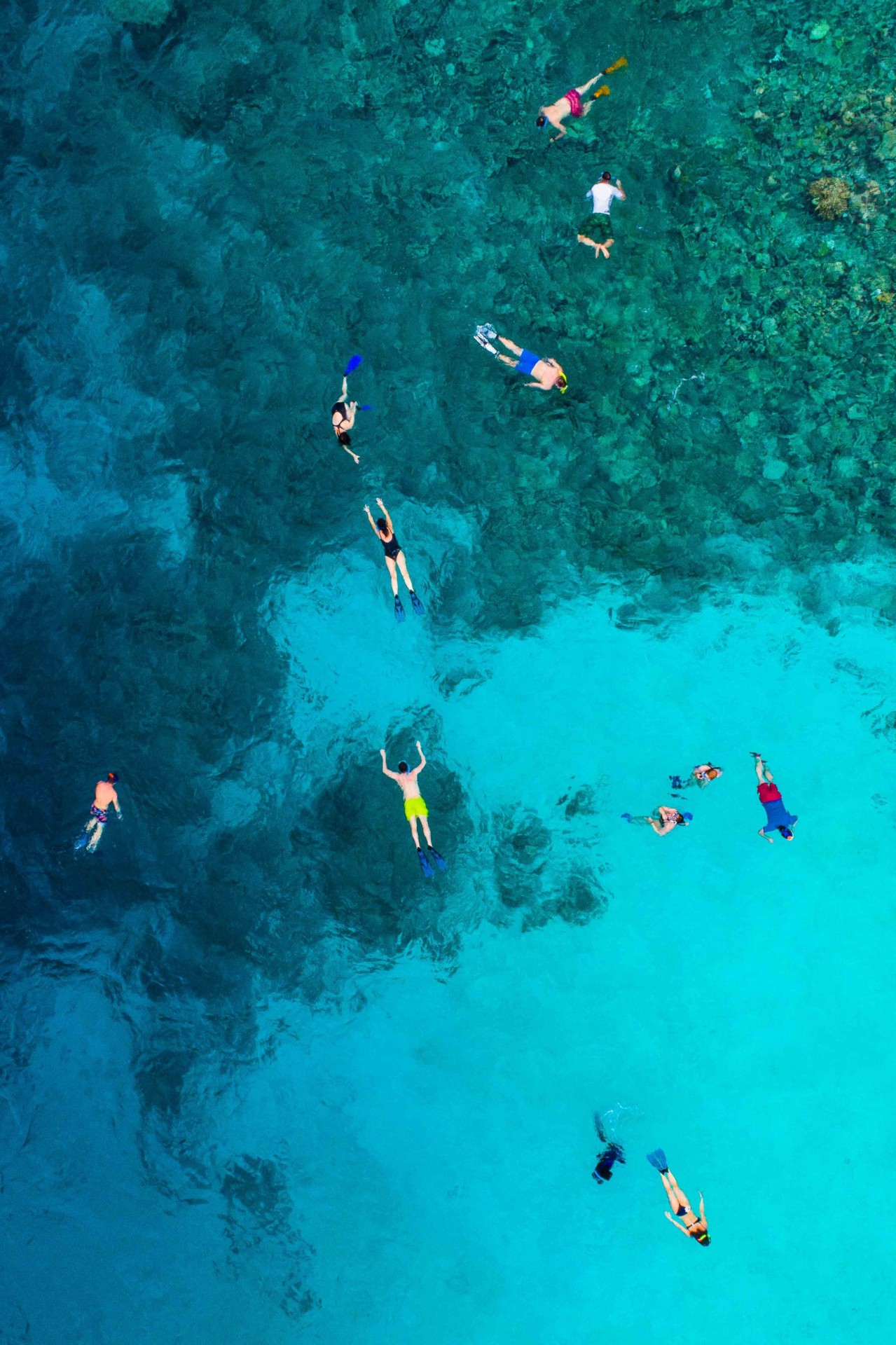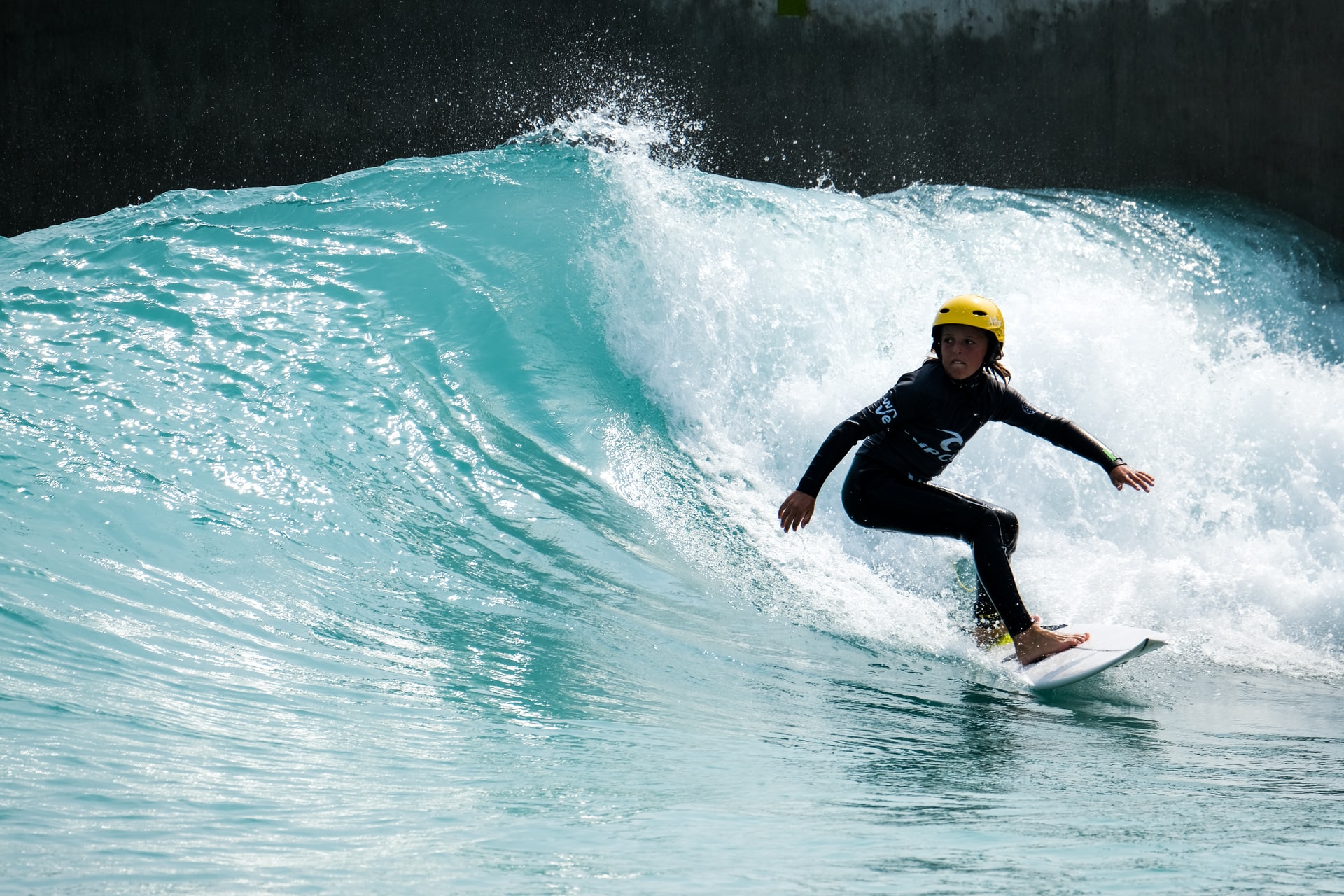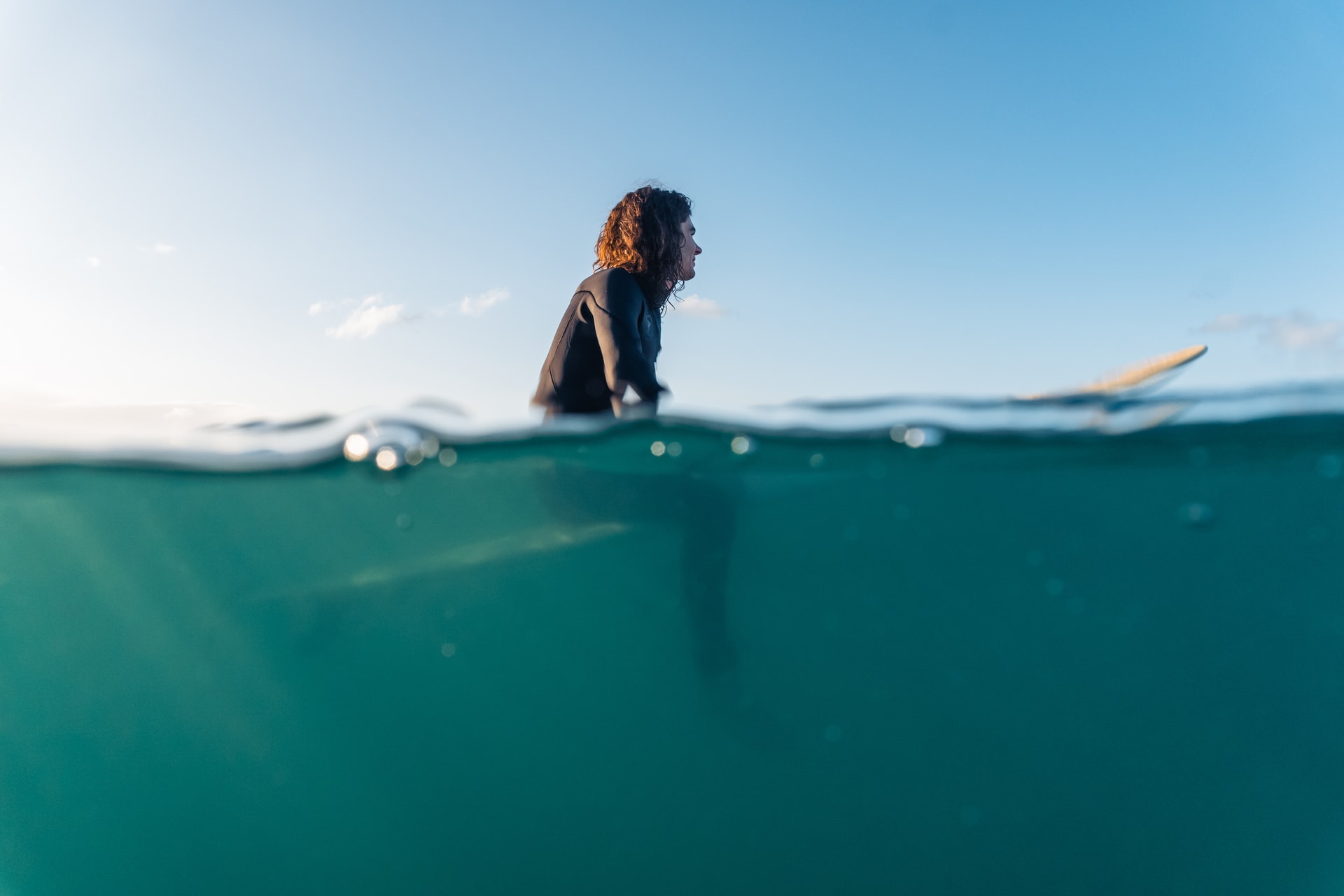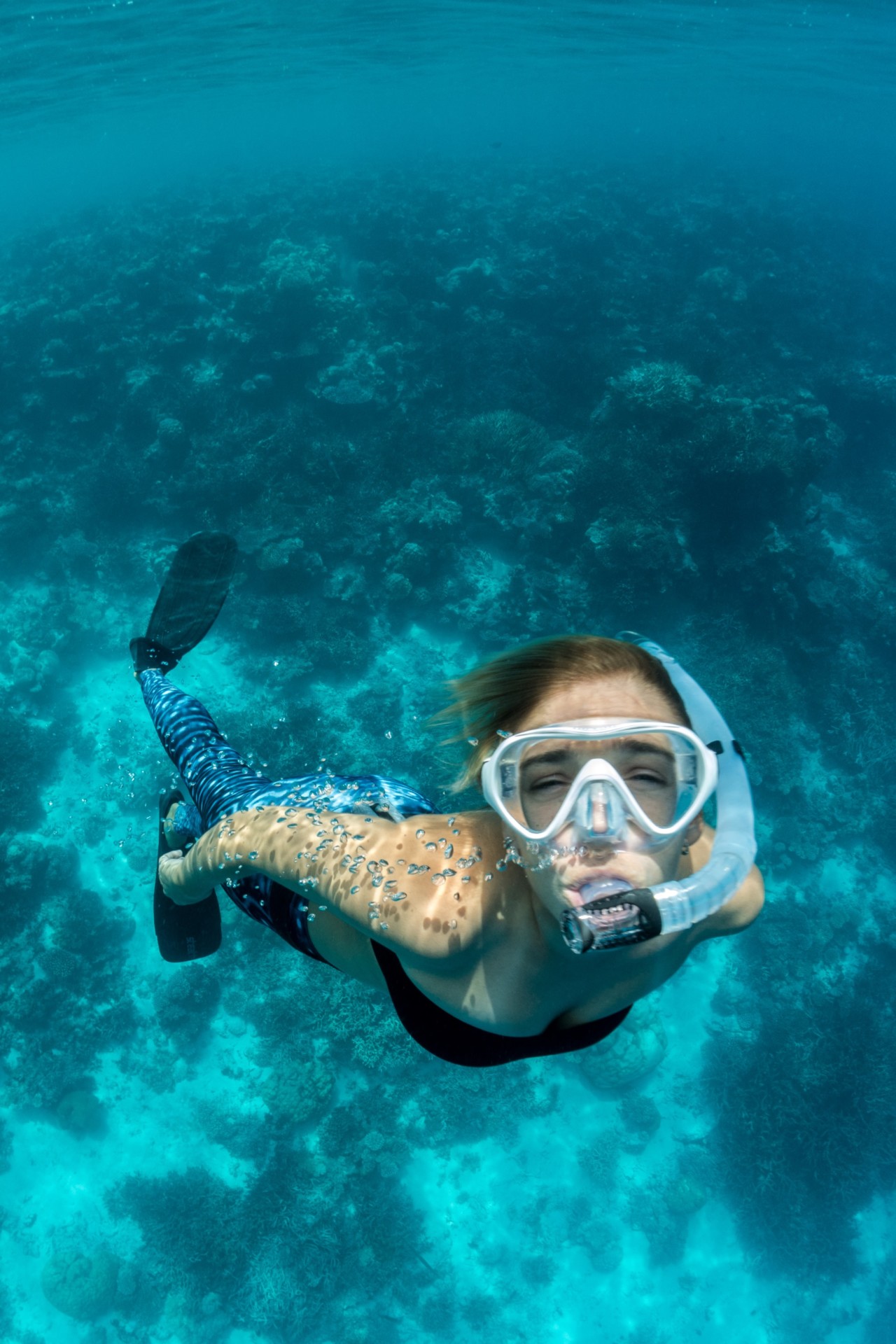If you’ve experienced problems with your ears from scuba diving, you’re not alone.
It’s said that ear issues are the single most common reason why people stop enjoying the activity.
So if you love being underwater but are tired of ear pain, maybe you’re wondering if there’s an easy solution?
Many people ask if it’s possible to wear plugs to keep their ears dry inside, but as we’re going to see, this would be dangerous, and so scuba divers must not wear regular earplugs.
However, we will discover specific scuba diving earplugs are available that can be worn safely and can help with ear infections and equalization problems.
So listen up as we get ready to talk ears.
- 2 Reasons Why Scuba Divers Don’t Wear (Regular) Earplugs
- Are There Special Scuba Diving Earplugs?
- What Are the Benefits of Wearing Vented Earplugs?
- What Are the Downsides of Vented Earplugs?
- Should I Wear Vented Earplugs?
- Where Does This Idea About Wearing Earplugs Come From?
- 7 Ways to Protect Your Ears When Scuba Diving
- Conclusion
- You Might Also Like…
Disclosure: this post contains affiliate links (clearly marked with ), which means we may earn a commission if you buy something through them, at no additional cost to you.
2 Reasons Why Scuba Divers Don’t Wear (Regular) Earplugs
Regular earplugs work by filling or blocking the ear canal to reduce sound vibrations reaching the eardrum.
However, you must never wear this ordinary kind of earplug for scuba diving.
1. Standard Earplugs Will Stop You Equalizing Your Ears Properly
When we start to descend on a dive, the increasing water pressure surrounding us means that we need to equalize our ears and sinus air spaces to avoid a painful injury known as a squeeze.
Regular earplugs will trap a small amount of air between the plug and your eardrum.
This trapped air will get compressed by the surrounding water as you descend, and the plug will get pushed far into your ear canal.
The earplug will prevent you from equalizing your ear correctly and likely cause painful damage to your eardrum.
If you did manage to survive the descent when you started to end the dive and swim upwards, the trapped air pocket, now squeezed into a tiny space and trapped by the compressed earplug, would expand, and if you didn’t perforate your eardrum already, it certainly would be now.
2. It’s Good To Hear What’s Going On Underwater
While you can’t talk underwater, it’s widespread to use Rattles or Tank Bangers to get the attention of your buddy when they’re not looking right at you.
With noise, it’s possible to alert other divers across a reasonable distance to a problem or just that there’s something cool to look at.
When you know your buddy or guide well, it’s even possible to communicate the level of urgency through either a gentle shake or tap or a vigorous rattle or constant banging.
Even if it was possible safely, wearing earplugs underwater could stop this valuable communication method from working.
Are There Special Scuba Diving Earplugs?
Vented earplugs have been designed to be worn safely when scuba diving.
The most popular, proven, and widely available of these by far is the Doc’s Proplugs, a preformed vented plug made from a flexible, soft hypoallergenic plastic called Dynaflex.
Vented earplugs differ from standard designs by having a small valve built-in that lets air and water in and out of the ear canal to allow equalization.
Sound can also penetrate the plug more than regular designs through the vent valve so that users can hear relatively normally.
What Are the Benefits of Wearing Vented Earplugs?
Divers who have repetitive problems with ear infections (swimmers ear) or find equalization challenging may find that wearing vented earplugs can help.
The plug’s close fit stops any water-borne debris from entering the ear, and the water that does enter stays warm and relatively static instead of flushing in and out of the canal.
Both of these factors can help to prevent ear infections.
While the vent always allows water in and out of the ear canal as the surrounding pressure changes, it reduces abrupt pressure changes from reaching the eardrum, which helps to make smooth, frequent equalization easier for many users.
What Are the Downsides of Vented Earplugs?
Because vented earplugs sit in the opening outside of the canal, you must use the correct size from the range for them to be effective.
Even once you have the correct size plug, you have to make sure that they are seated correctly in your ears for them to work.
This can be a little bit of a fuss, especially with everything else you need to do before a dive.
You must, of course, remember to take the plugs with you, and on a busy dive boat, they’re easily misplaced.
The plug valve can get blocked, and if this happens on the descent, you’ll have to remove the plug to continue your dive while also controlling your descent and continuing to equalize.
Users should always take care descending to make sure that the plugs are working correctly.
You’ll need to be aware that although vented plugs let sound through, you won’t be able to hear as well as you can without the plugs.
Finally, the earplugs must be cleaned after use and carefully stored, which is another post-dive chore.
Should I Wear Vented Earplugs?
If you have experienced frequent problems with ear equalization or ear infections, then vented earplugs are well worth trying.
They are relatively inexpensive, and you may find that they make a difference in enjoying your dives.
Remember that you must only ever wear vented earplugs specifically designed for scuba diving.
Where Does This Idea About Wearing Earplugs Come From?
The pain of an ear infection or from an injury caused by not being able to equalize your ears is excruciating and is enough to make you consider if scuba diving is really worth it.
In these circumstances, it’s natural to look for a solution, and at first glance, using earplugs to stop the water from getting in seems like it could be a good idea.
However, as we’ve seen, regular earplugs would cause significant risks if used in scuba diving, but luckily you can use vented plugs to provide some relief to these problems.
If your issue is trying to drown out the noise from an irritating dive buddy, then, unfortunately, we can’t help you.
7 Ways to Protect Your Ears When Scuba Diving
1. Equalize Early and Often
Every diver has to equalize their ears no matter how experienced they are.
Make sure that you remember to equalize as soon as you start to descend from the surface.
Due to the rapid pressure increases in the first 30 feet / 10m of water (double that of the surface pressure), you’ll probably need to descend at least every 3 feet / 1 m at the beginning of your dive.
Remember, if you can’t equalize your ears, you should ascend a few feet to reduce the pressure and try again.
If that doesn’t work, ascend a little more and try again, but in the end, you might have to end your dive.
Never force the equalization or descend when feeling pain in your ears or sinuses.
2. Control Your Buoyancy
Remember that your neoprene wetsuit and any air left in the BCD start to get compressed, and you lose buoyancy from the moment you leave the surface.
Make sure that you’re maintaining a controlled descent by frequently compensating for the changes by adding air into your BCD so you can equalize steadily.
3. Find an Equalization Method That Works for You
Beginner divers are generally taught to pinch their nose through the mask pocket and gently blow against it.
However, this method called the Valsalva Maneuver doesn’t work for everyone.
Many methods can work for equalizing your ears, so experiment to find the one that works best for you.
The following options are often successful for scuba divers:
- Toynbee Maneuver
Holding your nose and swallowing simultaneously.
- Yawn and Swallow
Involves thrusting your lower jaw forward and slightly opening the mouth while keeping your lips pursed around the regulator and swallowing.
- Head Tilt
Tilting your ear upwards one at a time to stretch the openings of the Eustachian tubes.
4. Ascend slowly
It’s important to slowly ascend from every dive to reduce the risk of decompression sickness.
However, this will also help keep your ears safe.
As you ascend and the surrounding pressure reduces, the air inside the inner ear will expand and needs to find its way out.
Ascending slowly allows the air to come out comfortably.
5. Never Dive With a Cold or Congestion
It’s important to remember never to try and dive if you have a cold or congestion, as it’s highly likely that you won’t be able to equalize your ears successfully.
If you manage to get down, it’s very common to experience a reverse-block on the ascent, which is caused by expanding air in the ears and sinuses getting trapped and can be extremely painful and damaging.
Be aware that many over-the-counter cold medications can be ineffective, can quickly wear off, or have unpredictable side effects when scuba diving.
Only ever use medications approved for you personally by a medical professional experienced in scuba diving.
6. Wash Your Ears After a Dive
It’s always a good idea to gently rinse your ear canal after diving with fresh drinking water.
This can help wash out any debris or salt that can cause the canal to become inflamed and cause infections.
If you do get repetitive swimmers’ ear, try an ear rinse solution for the condition.
7. Try Vented Earplugs
If you experience frequent swimmers’ ear or equalization problems, try vented earplugs, as these can often help.
Remember that to get the benefit, you need to make sure that you purchase the right size for your ears.
Conclusion
As we’ve seen, scuba divers must never wear regular earplugs.
However, special vented earplugs can help divers that have problems with ear infections or equalizing.
Make sure that any earplugs are specifically designed for scuba diving before attempting to use them.
You Might Also Like…
-
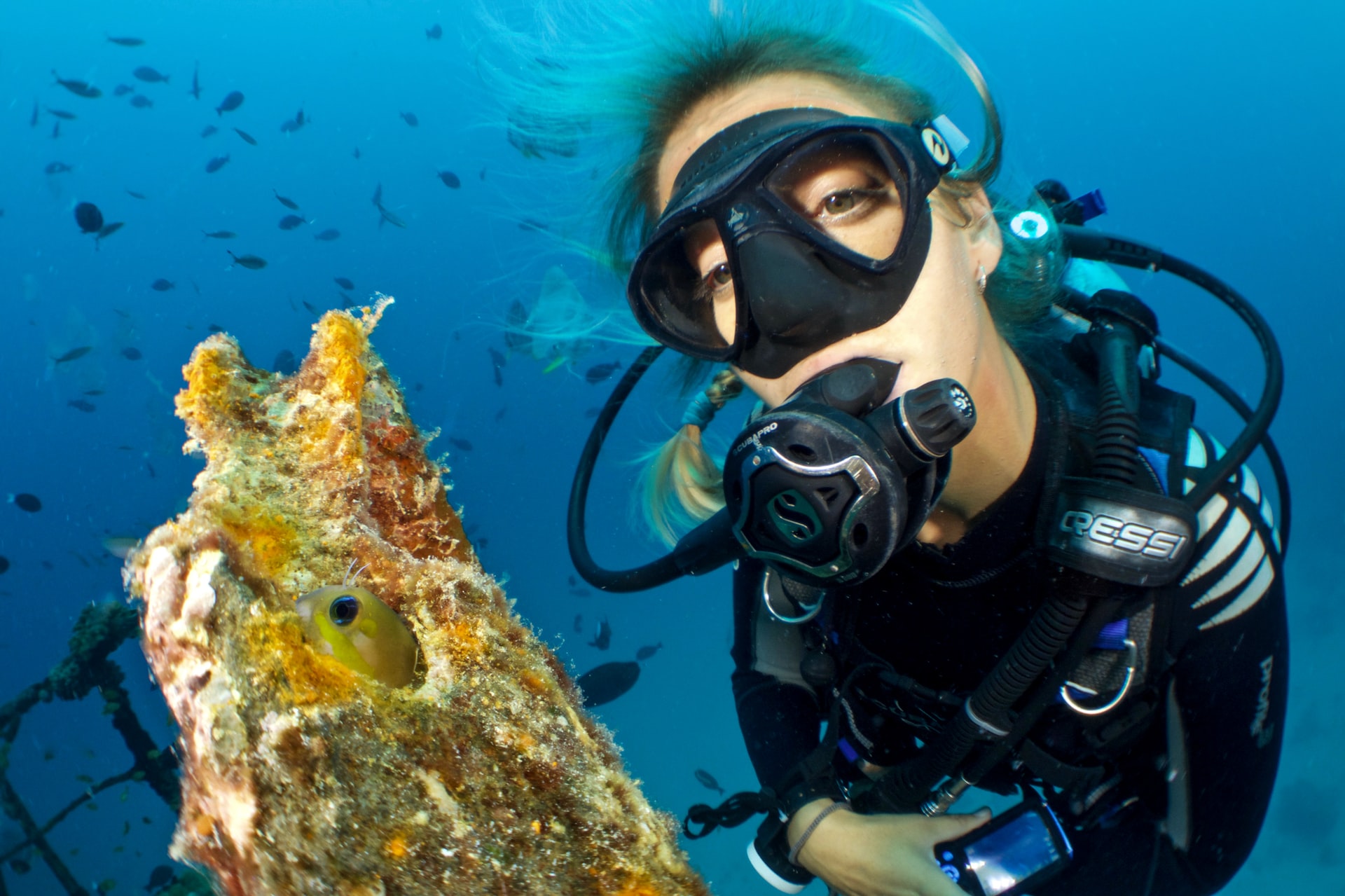
How Do Scuba Divers Drink Water? 5 Possible Ways (+7 Tips)
-
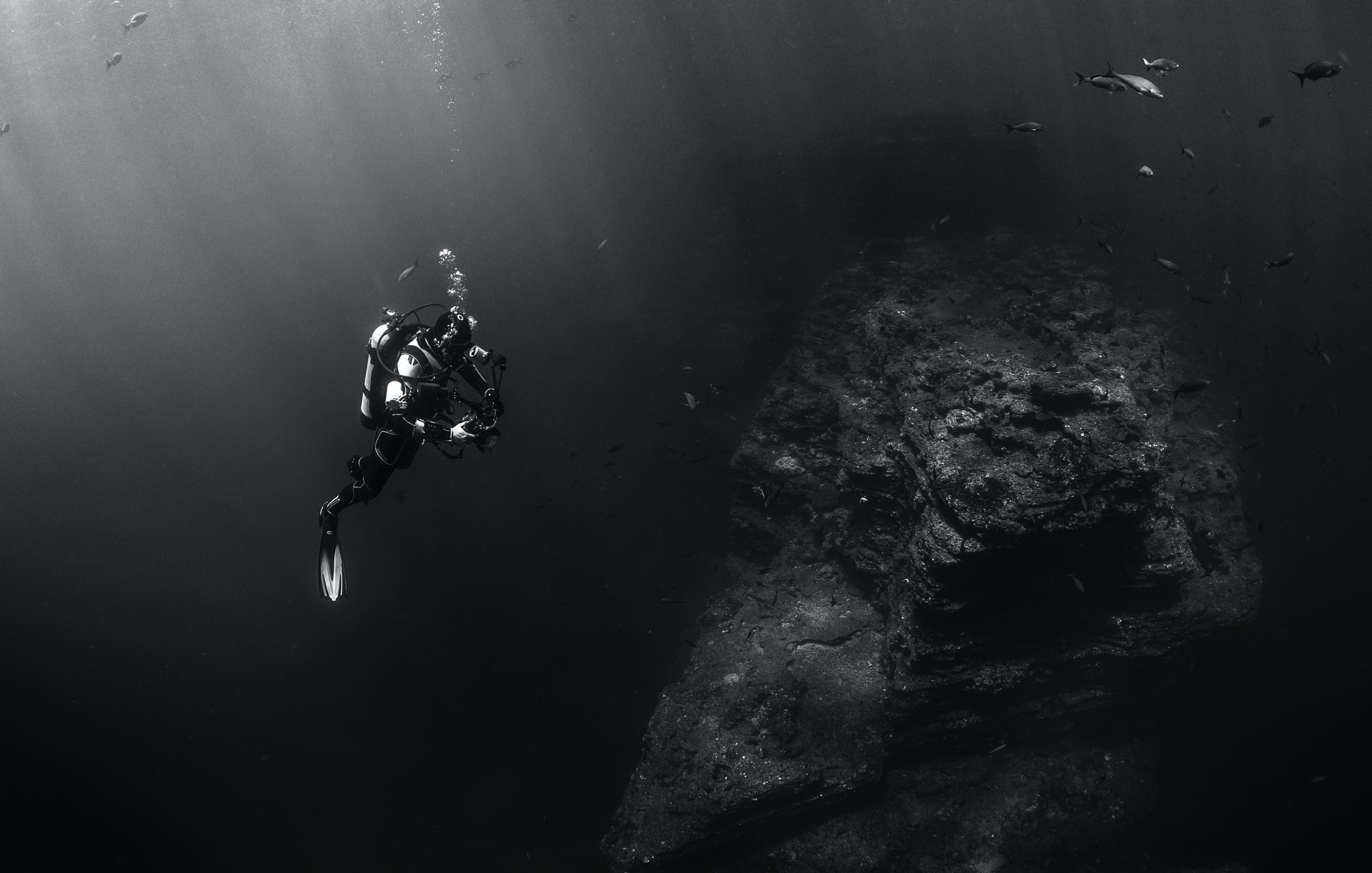
How Long Can Scuba Divers Stay Underwater? (+9 Limiting Factors)
-
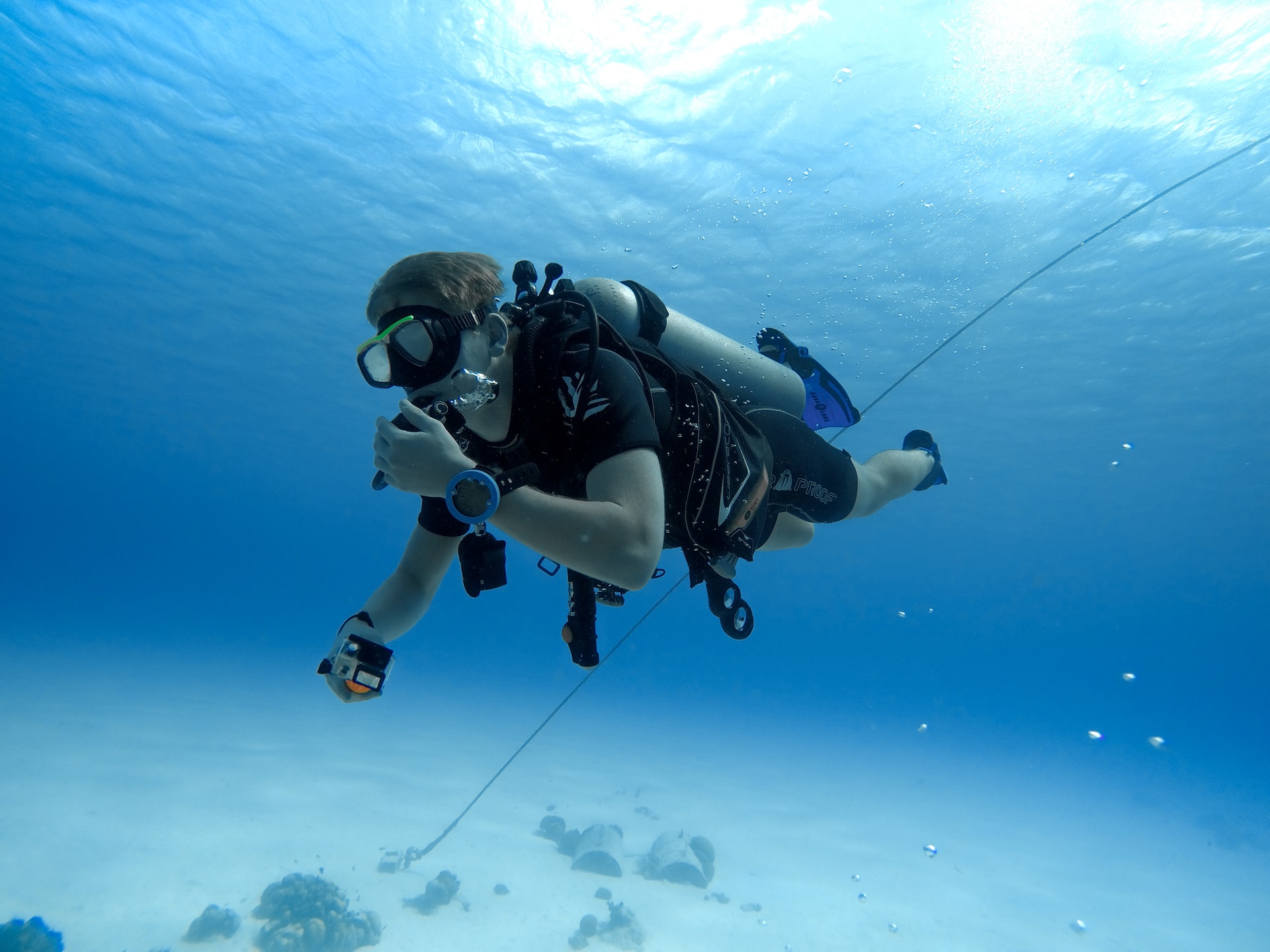
Are Scuba Divers Athletes? All the Facts (+New Competitive Forms)
-
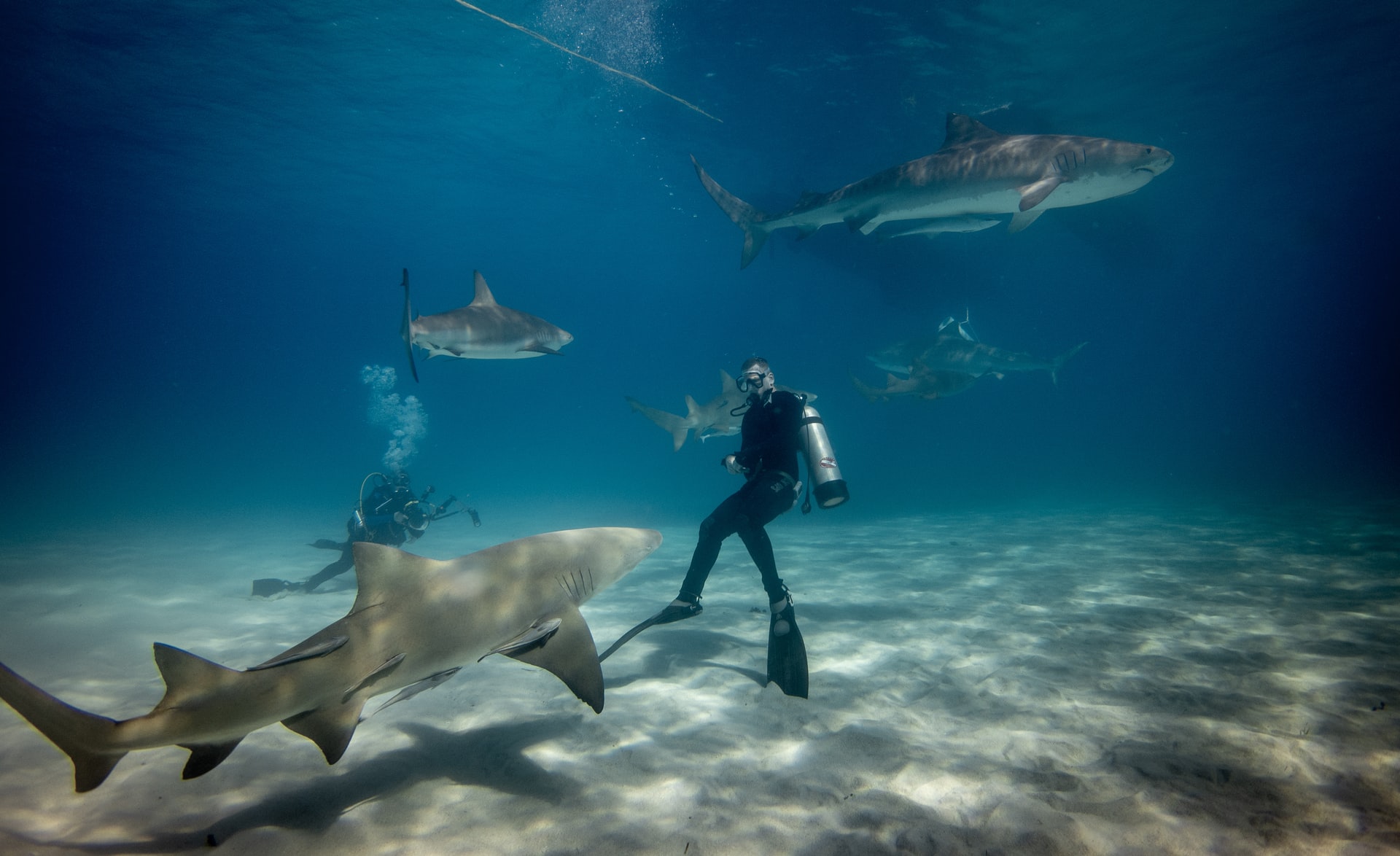
Are Sharks Scared of Scuba Divers? (What Every Diver Must Know)
-
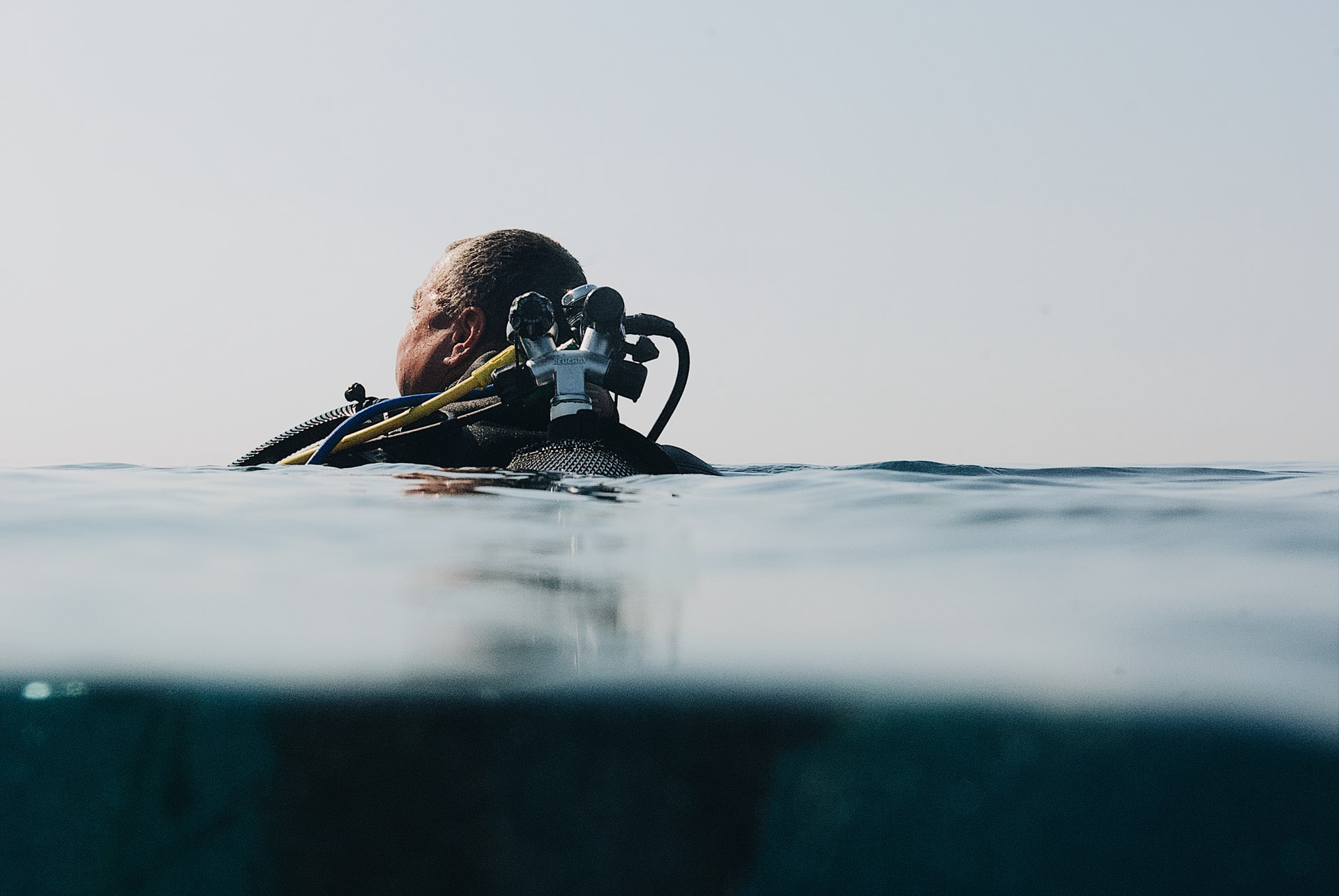
Who Should Not Scuba Dive? 17 Reasons (Every Diver Should Know)
-
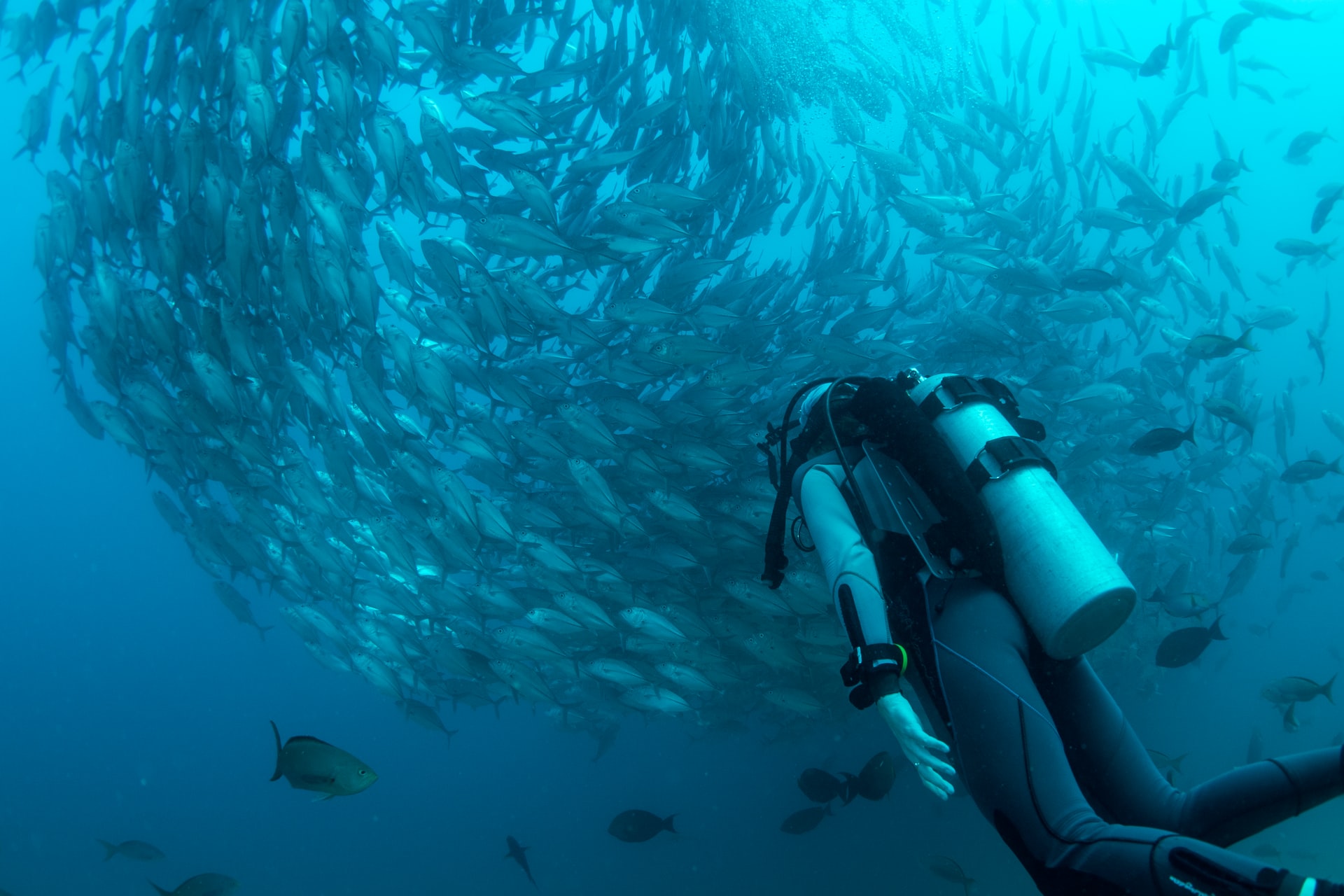
Should I Be Scared of Scuba Diving? 8 Common Fears (Debunked)
-
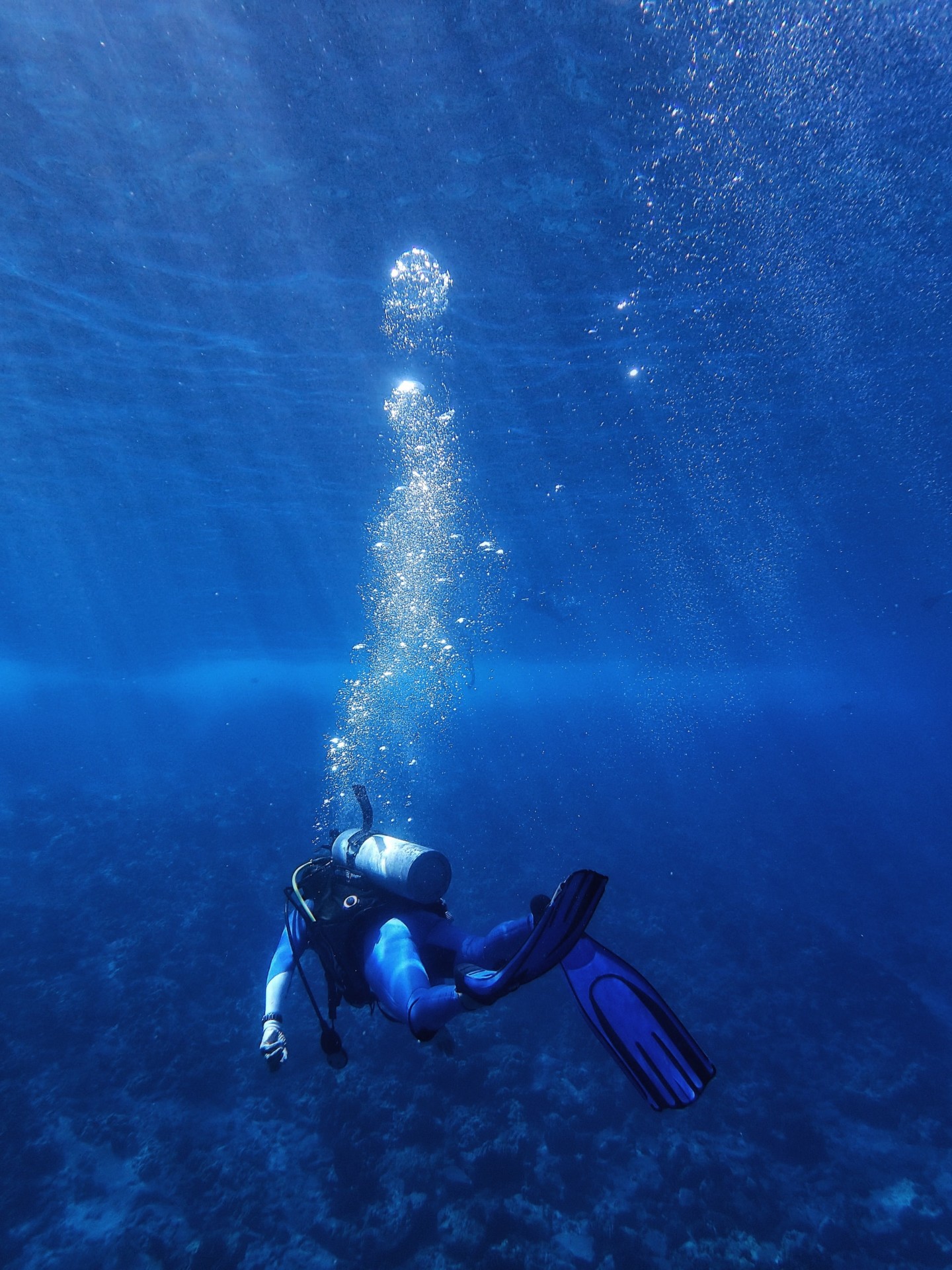
Why Do Scuba Divers Use More Air at Depth? (+4 Practical Tips)
-
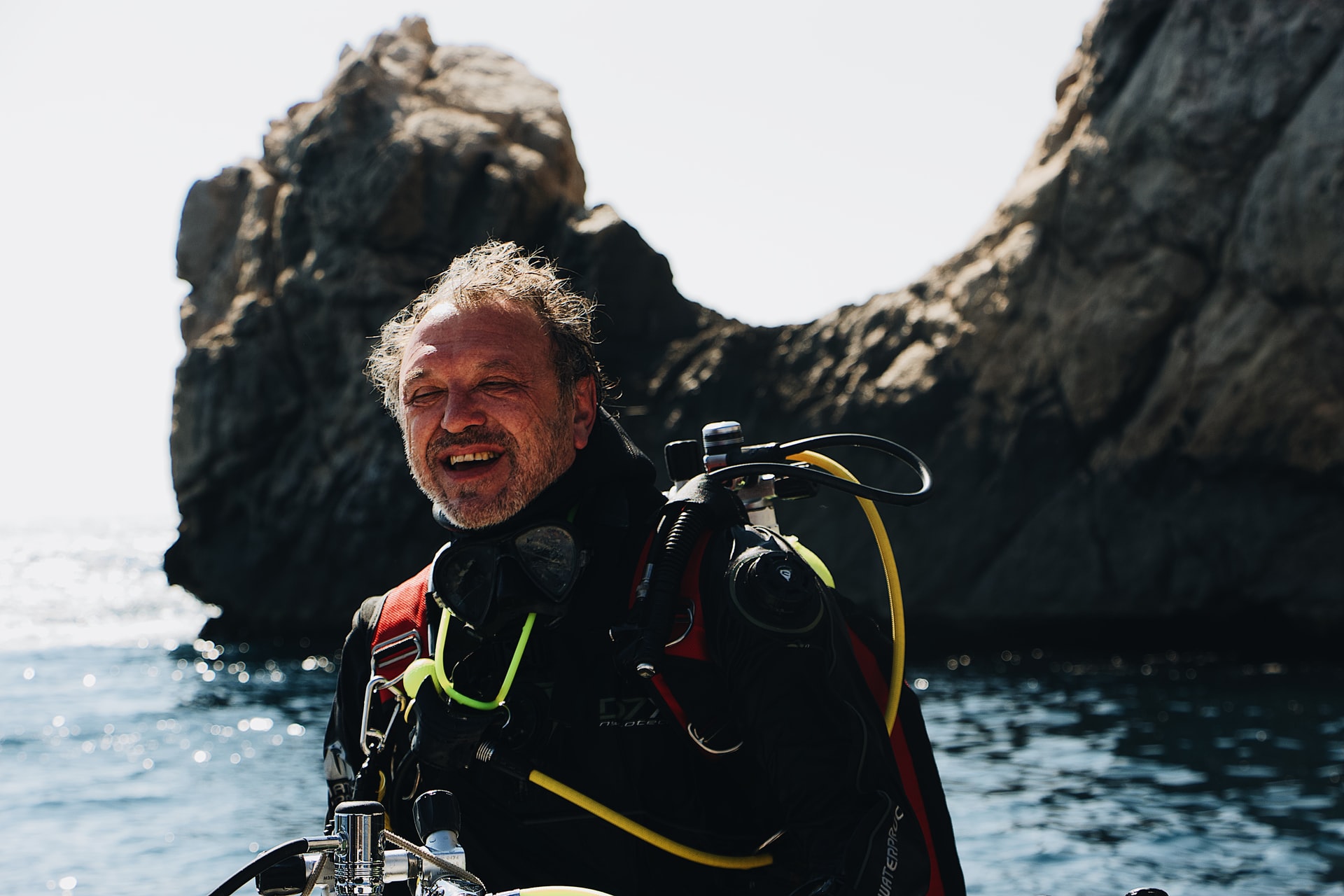
At What Age Should You Stop Scuba Diving? (+9 Tips for Older Divers)
-
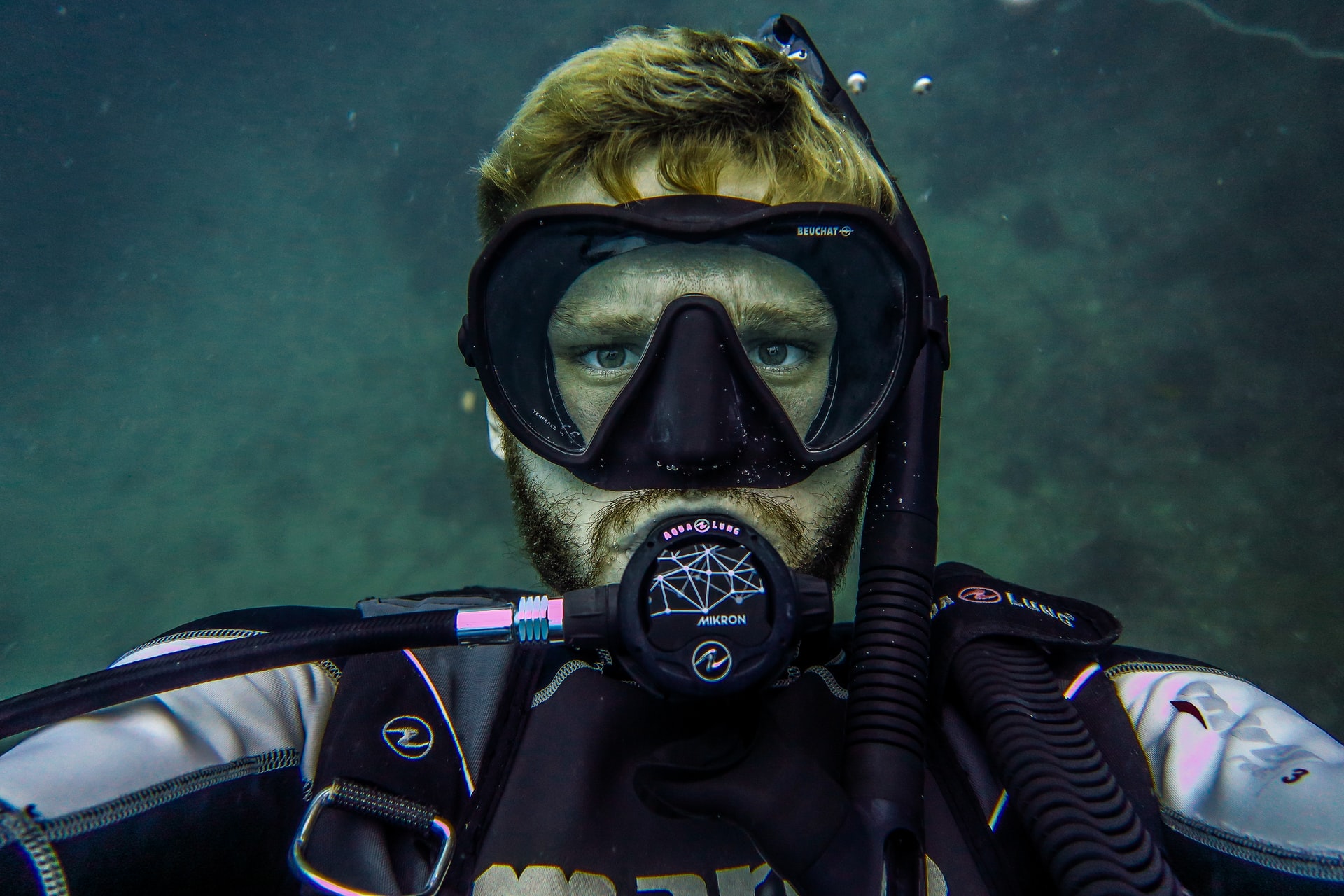
Should I Shave Before Scuba Diving? Crucial Facts (+9 Helpful Tips)
-
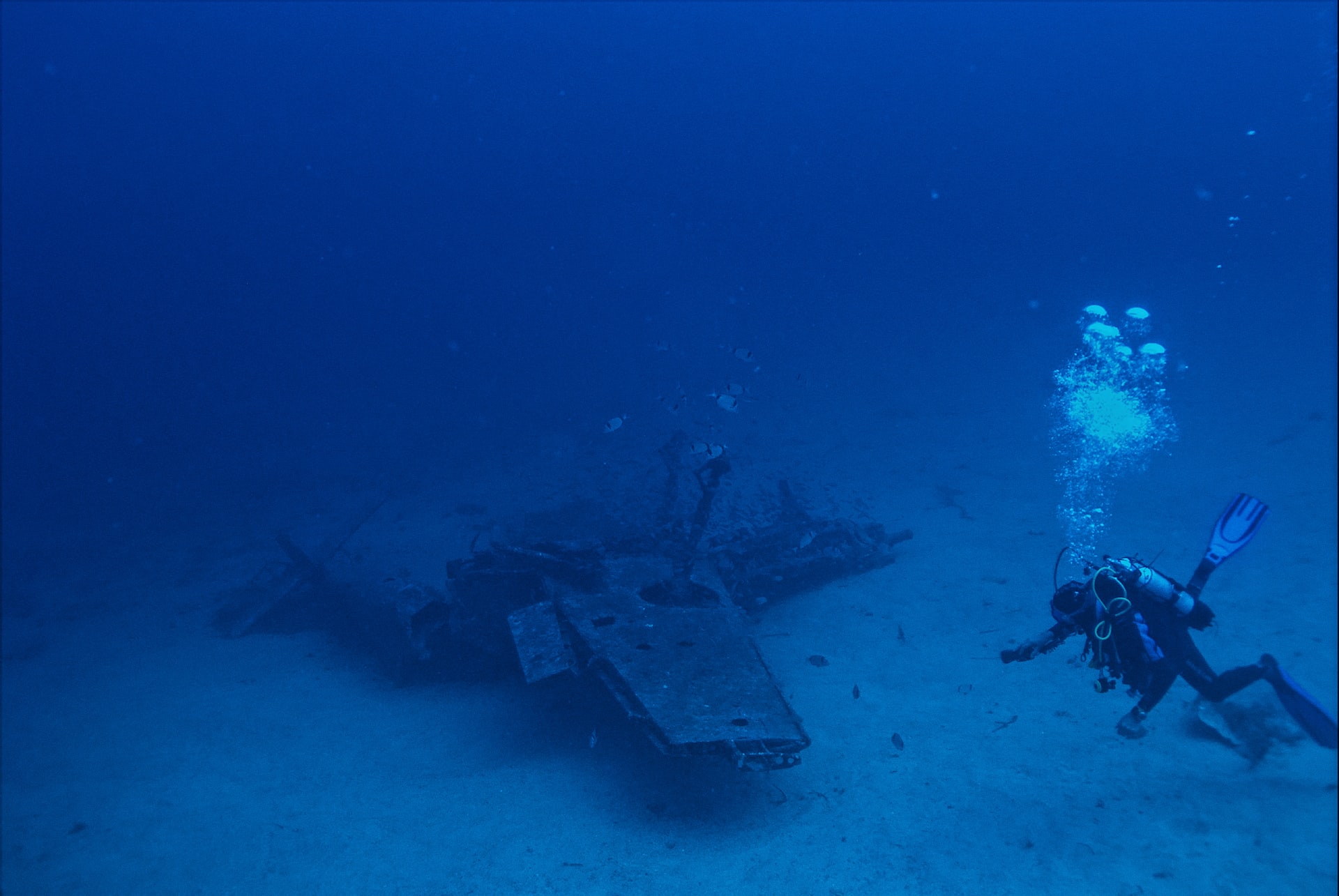
Why Do Scuba Divers Use Helium? (+Its Pros & Cons)
-
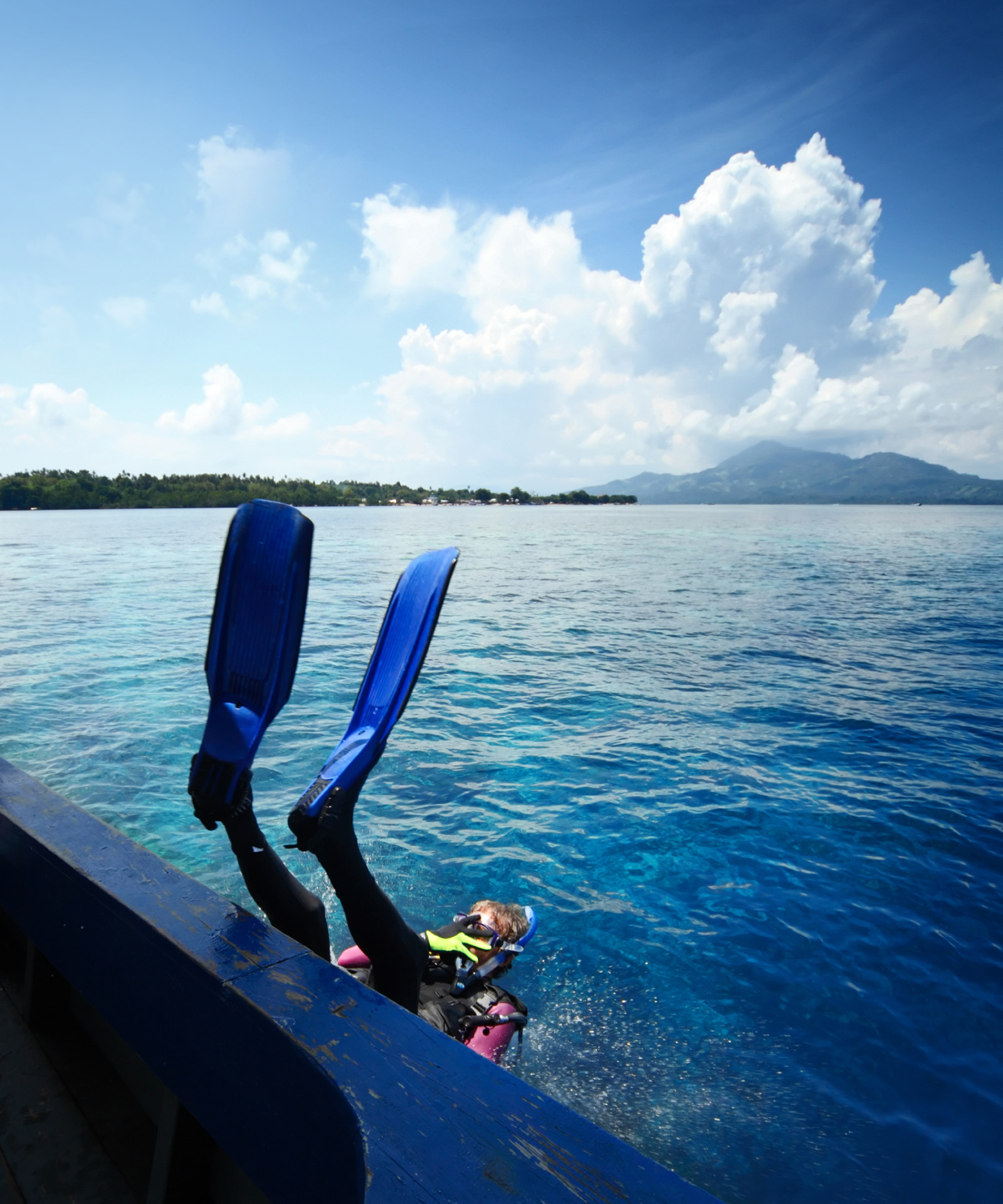
Why Do Scuba Divers Go in Backwards? (+3 Alternative Entries)
-
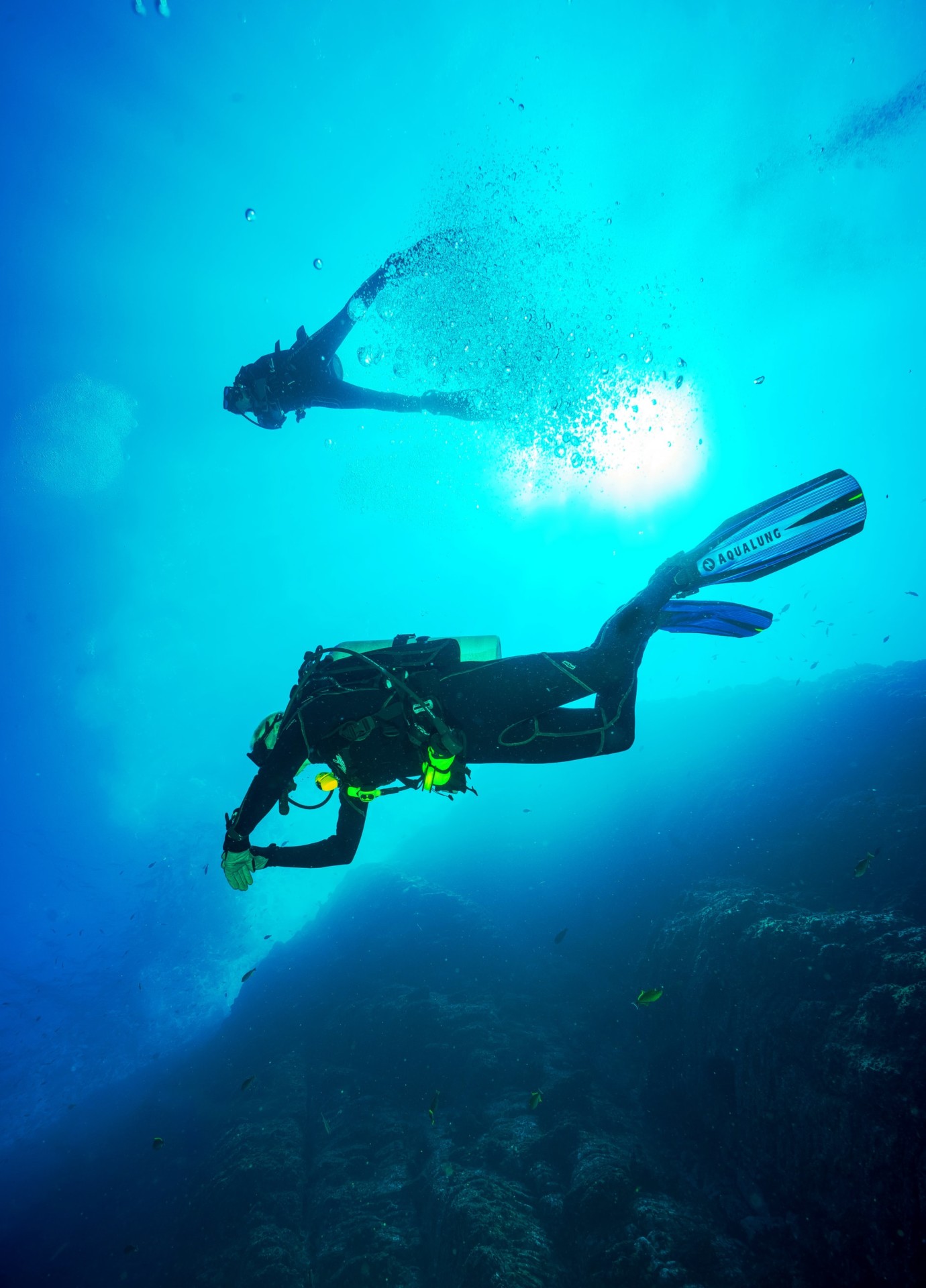
How Do Scuba Divers Sink and Float? (+Tips to Get It Right)

